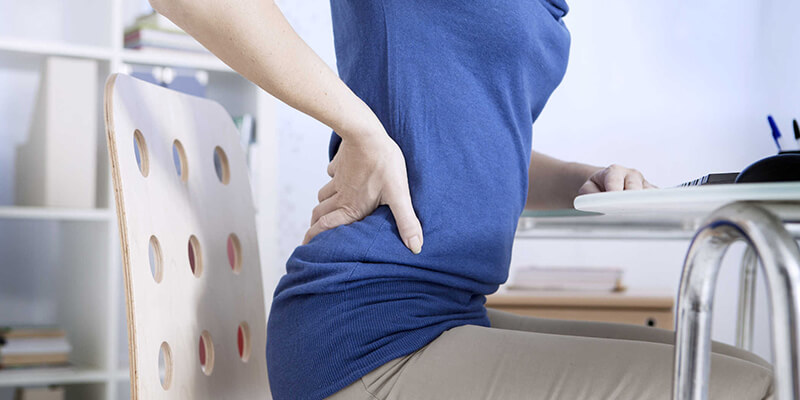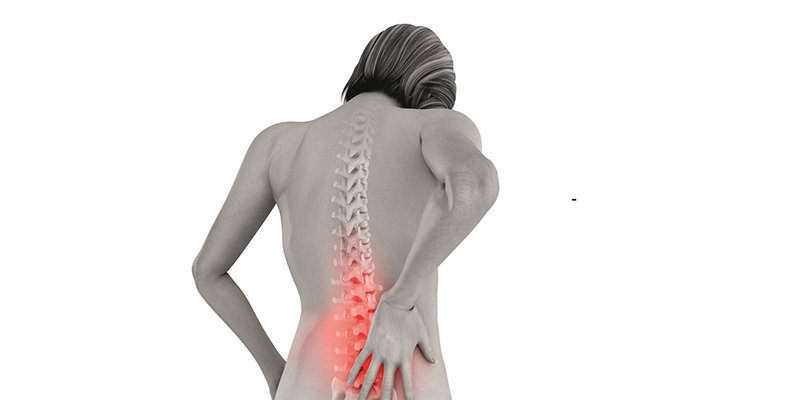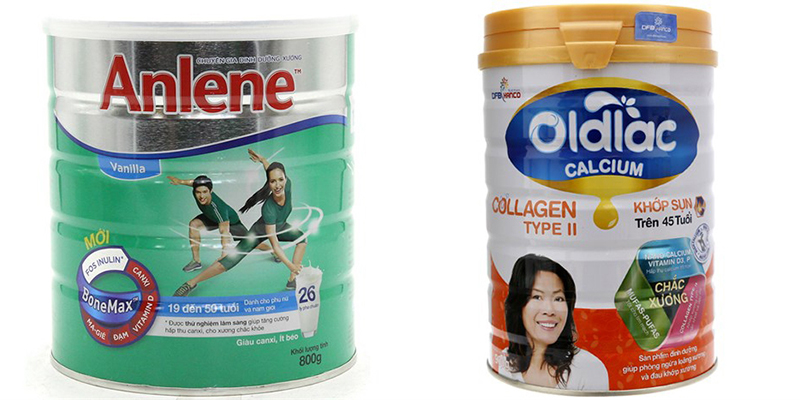What Causes Osteoporosis in Menopausal Women?

Osteoporosis that occurs as a result of menopause typically manifests around five years after menopause. The rate of bone loss is approximately 2-4% per year during the first five to ten years following menopause.
There are two primary causes of osteoporosis in menopausal women:
– Estrogen Deficiency: Estrogen plays a crucial role in the development and maintenance of bone cells. A lack of estrogen leads to reduced calcium absorption, decreased bone regeneration, and accelerated bone aging.
– Aging: Age-related osteoporosis is more common in women than in men. This is due to a decrease in the body’s ability to absorb calcium, as well as a reduction in osteoblast function.
Additionally, osteoporosis after menopause can be attributed to decreased parathyroid hormone secretion, increased calcium excretion by the kidneys, and reduced vitamin D3 effectiveness, resulting in impaired calcium absorption in the intestines.
For further reference: 11 , pre-menopause
Symptoms of Osteoporosis After Menopause

Back Pain: Women with osteoporosis often experience pain in the lumbar spine or lower back after strenuous activity or a fall. Movement may be accompanied by a cracking sound, and rest usually provides some relief from the pain.
Spinal Deformity: This symptom typically develops gradually, manifesting after several years. Spinal deformity can lead to a hunched back, collapsed vertebrae, and a decrease in height with advancing age (a height loss of 12 cm or more).
Bone Fractures: The most common sites for fractures due to osteoporosis are the femoral neck, proximal humerus, distal radius, and spine.
How to Prevent Osteoporosis After Menopause

Prevention of osteoporosis after menopause should begin as early as possible, even when you are still young:
– Adopt a balanced diet rich in essential nutrients, especially calcium, to ensure adequate nutrient intake for strong bones and joints.
– Milk is highly recommended for osteoporosis prevention. In particular, milk with added calcium and vitamin D3 can provide a higher amount of these nutrients compared to regular milk, helping to meet the body’s needs for bone development and protection.
– Combine a healthy diet with regular physical exercise: Maintain a consistent exercise routine and engage in activities that are comfortable for you, with a relaxed mindset.
Osteoporosis after menopause is a common condition among women. Therefore, it is crucial to implement preventive measures against this disease from a young age!
Reference: Dr. Tran Quang Nhat
Analyzing Distinctions Between Covid-19 and Seasonal Flu Respiratory Illnesses
Have you been feeling under the weather lately? It might be difficult to tell whether it’s Covid-19 or flu symptoms you are experiencing. Fortunately, there are a few identifying factors that can help us differentiate between these illnesses. In this article, we’ll discuss the key differences between Covid-19 and seasonal flu.






































